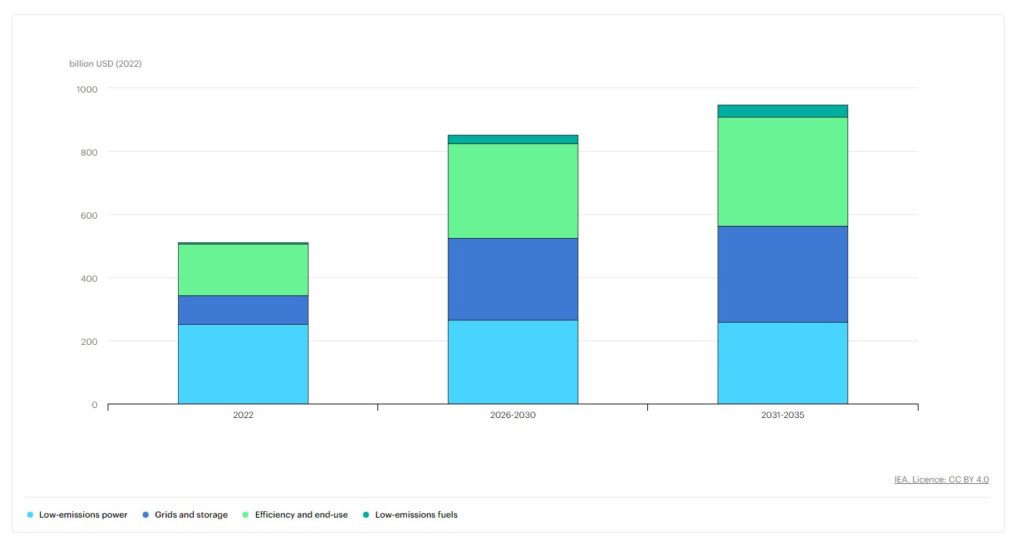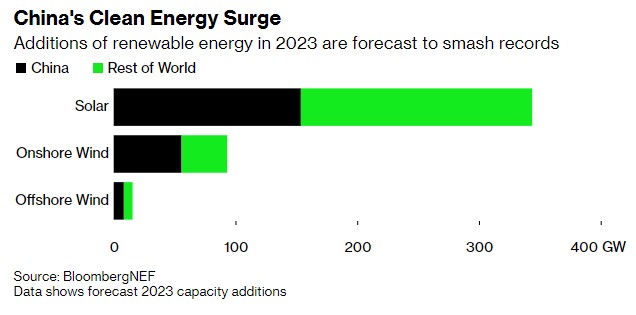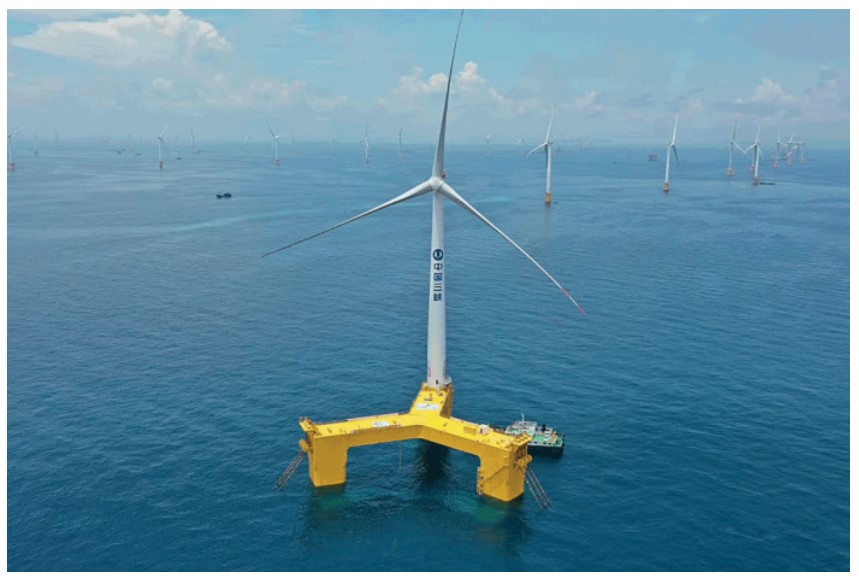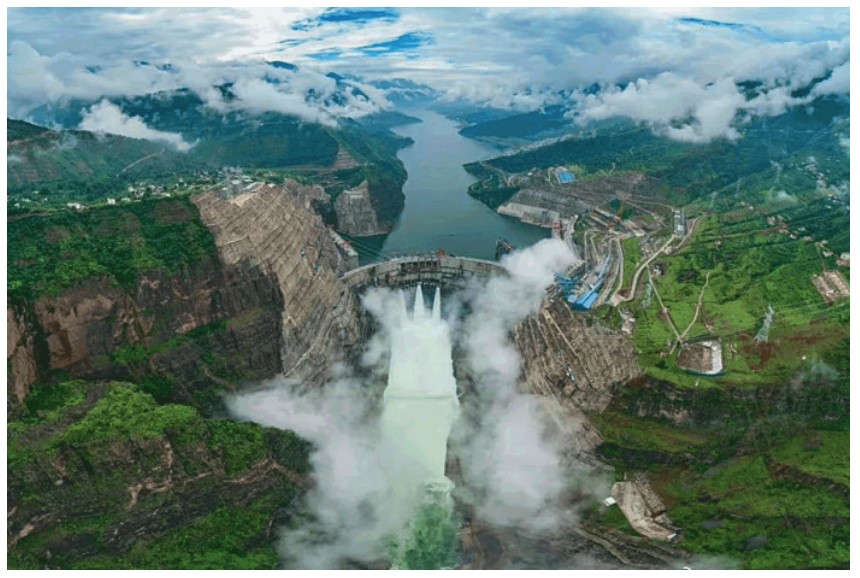Combating Climate Change and Why China is the true Battler
“The opportunity of defeating the enemy is provided by the enemy himself” – Sun Szu, military strategist & philosopher
Climate Points – Let’s revisit this often talked about but frequently ignored phenomenon nobody is spared from.
And often, the West tends to blame EM’s for it:
“It’s China’s fault, not ours!” was the general outcry about climate change typically, “or India’s”, which worryingly is indeed upping its contributions too. But surprising to many, the truth is the US is the highest in stuffing the most greenhouse gases into our thin, blue atmosphere since 1850! (c. Carbon Brief). By the end of 2021, the U.S. had emitted more than 509 billion tons of carbon dioxide, or 20% of the global historical total. China was a relatively distant second, with 11%, followed by Russia, with 7%, Brazil with 5% and Indonesia with 4%, the latter two due mainly to carbon dioxide released from land disturbance, like deforestation and agriculture. Our World in Data reported that China does now lead the world in total annual emissions but the US still emit far more per person each year than China or India. Climate change makes splashy headlines when protesters hurl soup at priceless paintings or devastating floods pummel communities, writes USA Today’s Dinah Pulver in a great round-up, but it is also increasingly disrupting daily life. As for solutions, while “market-based” approaches to slow climate change were a dominant theme in 2022, there’s growing research and sharp criticism from the U.N. secretary-general and others about why capitalism, which largely created this daunting problem, won’t solve it. Manfred Laubichler, a professor of Theoretical Biology and the History of Biology at Arizona State University says that to slow climate change, a reasonable regulatory framework is key: for instance, if companies were required to address the “life cycle” emissions of their products, from coal mining to decaying landfill plastics, greenhouse gas emissions would quickly ratchet down.
Tagged with this, China has ambitiously embarked on addressing Climate Change and in particular emissions issues and improving the landscape with more efficient, cleaner energy.
China is on track to double its wind and solar energy capacity and hit its 2030 clean energy targets five years early, a new report has found. The country is expected to produce 1,200 gigawatts of solar and wind power by 2025 if all prospective plants are built and commissioned, according to the study from the nonprofit, Global Energy Monitor. Solar capacity in China is now greater than the rest of the world combined. Its onshore and offshore wind capacity has doubled since 2017 and is roughly equal to the combined total of the other top seven countries, according to the report. The country’s renewable energy boom is the result of a combination of incentives and regulations, according to the report. China pledged in 2020 to become carbon neutral by 2060. But, while China may have become the global leader in renewable energy, the world’s biggest producer of planet-heating pollution is also ramping up coal production.
2022 was a devastating blow to the project when coal power permitting in China accelerated rapidly when new permits reached their highest level since 2015, according to a report by the Center for Research on Energy and Clean Air and the Global Energy Monitor. It had to turn to coal last year in large part because of devastating heat waves and drought, the worst in 60 years which saw a surging demand for power at the same time as hydropower capacity plunged as rivers ran dry. You see the rotational, cyclical, self-imploding devastating vortex countries must deal with? China recognizes this and has announced or begun construction on enough projects for total wind and solar capacity to likely reach 1,371 gigawatts by 2025, the climate research firm said in a new report. That would vastly outstrip a goal set by President Xi Jinping in late 2020 of having 1,200 gigawatts of panels and turbines by 2030.

China has installed record amounts of solar each of the past two years and is turbo-charging its efforts in 2023 as an easing of supply chain bottlenecks drives down the price of panels. But, the country is still mining record amounts of coal and building a new fleet of generators powered by fossil fuels — and striking new long-term deals to buy natural gas — in order to avoid shortages that have plagued its electricity system in recent years. Bolder advancements in energy storage and more green technologies for a secure energy future is the key, which is exactly what China is aggressively pursuing.

The new energy era begins….
Million-kilowatt offshore wind farms

The world’s largest clean energy corridor

As the world’s largest producer and consumer of energy, China’s clean energy sector is developing rapidly, and both wind power and photovoltaics have a competitive advantage globally as technology becomes increasingly sophisticated. And although it has grown by leaps and bounds over the past few decades, it still has a long way to go to meet its carbon peaking and carbon neutrality goals.
In addition to innovative hardware construction, China has also introduced various initiatives to promote its carbon peaking and carbon neutrality goals from a social context, including improving the energy efficiency of green building systems. The number of new energy vehicles in China has been growing at a rapid pace in recent years, and the country is already a global leader in new energy vehicle ownership. China also plans for the majority of new vehicles sold in 2035 to be electric vehicles.
While promoting the development of the new energy vehicle industry, China has also optimized and adjusted its transportation structure, forming freight based on railroads and water transport instead of road transport. These medium and long-distance transport patterns will help the green development of the transport system.
Green, clean energy plays an important role in improving energy structures, protecting the environment, achieving sustainable economic and social development and meeting carbon peaking and carbon neutrality goals.
In the process of promoting clean energy and low carbonization, China has been accelerating its pace, building the world’s largest clean power generation system, becoming an important force in promoting global clean energy development and committing to making green, affordable electricity truly accessible to millions of households.
Isn’t it time to focus on China’s initiatives which is, without doubt leading the world?
Disclaimer
The documents herein are issued for general information purposes only. Views and opinions contained herein are those of Bordier & Cie. Its contents may not be reproduced or redistributed. The user will be held fully liable for any unauthorised reproduction or circulation of any document herein, which may give rise to legal proceedings. All information contained herein does not constitute any investment recommendation or legal or tax advice and is provided for information purposes only. Please refer to the provisions of the legal information/disclaimer page of this website and note that they are fully applicable to any document herein, including and not limited to provisions concerning the restrictions arising from different national laws and regulations. Consequently, Bordier & Cie does not provide any investment service or advice to “US persons” as defined by the regulations of the US Securities and Exchange Commission, thus the information herein is by no means directed to such persons or entities.
© 2020 Bordier Group and/or its affiliates.